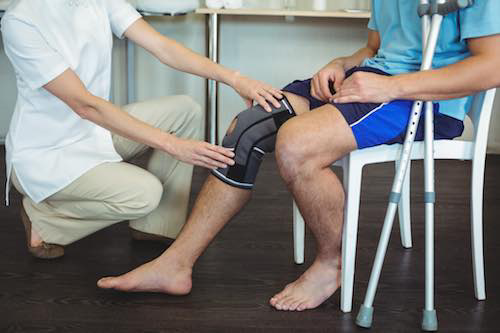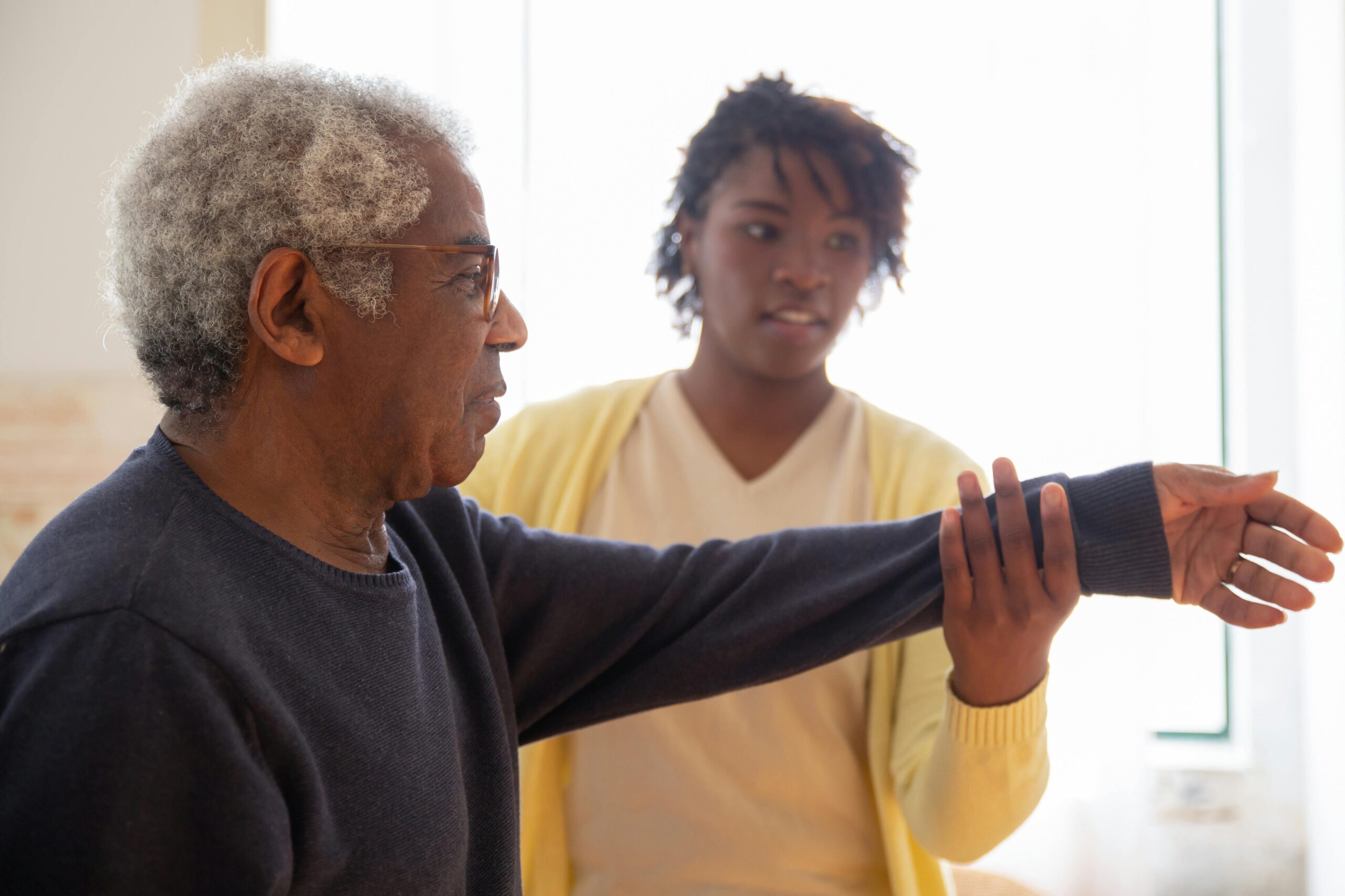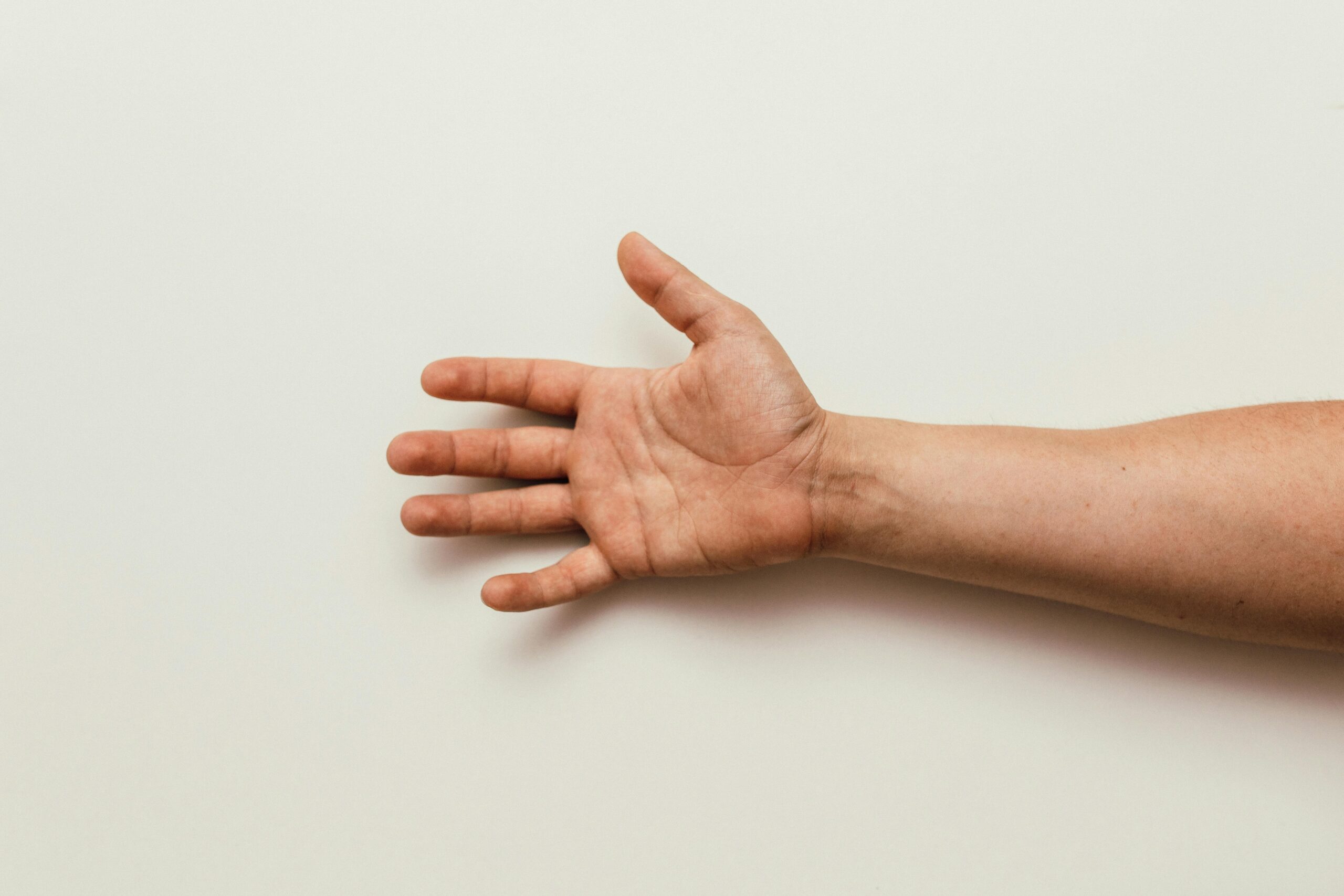Is Physiotherapy Good for ACL Injury?

An ACL tear is nothing less than a nightmare for athletes since they are most susceptible to these injuries. The ACL stands for anterior cruciate ligament. It is a key structure in the knee joint that helps you move the knee freely. Surgery is not necessary for mild ACL injuries or small tears in the ACL. Physiotherapy is a great option for recovering from an ACL injury or restoring complete mobility after surgery. Let’s dig a little deeper into how effective physiotherapy is for ACL tears.
What Causes ACL Injuries?
Athletes are highly prone to ACL injuries. A footballer, for instance, may hurt their ACL while tackling the ball. Sports like basketball or soccer often involve overstretching of the knee joint, which in turn injures the ACL.
In other words, you may hurt the ACL if you change directions rapidly while running or if you land on the ground abruptly from a jump.
Here are some common causes of ACL injuries.
- Overextending your knee joint
- Changing direction quickly
- Landing from a jump in the wrong direction
- Getting hit on the side of the knee
In most cases, ACL tears occur in the middle of the ligament. Physical therapy can help if the tear is partial or mild. In the case of a complete rupture, however, you may need surgery.
Also Read:
| What is Musculoskeletal Physiotherapy? | Five Best Physiotherapy Exercises for Tennis Elbow |
| Top Physiotherapy Treatments for Sciatica | How Physiotherapy Helps Reduce Nerve Pain? |
Role of Physiotherapy in ACL Injury Rehabilitation
There are three grades of ACL injuries. Grade 1 is the mild stage. Grade 2 is when the ACL is partially torn while Grade 3 is when the ACL is completely torn. Physiotherapy works great for grade 1 injuries. It plays four crucial roles in ACL injury rehabilitation.
Acute stage treatment
The acute stage of an ACL injury is when the symptoms are mild and the tear is small. It is possible to eliminate surgery if physiotherapy manages the problem in this stage itself.
Physiotherapists focus on restoring your normal range of motion, stability and strength. They use specific manual therapies to reduce swelling and pain, improve joint mobility and restore your full range of motion.
Exercises form a crucial part of ACL rehabilitation. Some of the most common exercises for ACL rehabilitation include isometric quad contractions, prone knee flexion, heel slides and more. These exercises help regain movement and strength in your ACL, thereby preventing further injuries.
Pre-surgery treatments
Most surgeons recommend physical surgery before the ACL surgery. This prevents stiffness of the knee, which is often the case after surgeries. Swelling is also a common side-effect of ACL surgeries. Pre-surgery physiotherapy helps control the swelling and prevents knee stiffness.
Post-surgery treatments
It takes time to recover or return to normal activities after an ACL surgery. Post-surgical physiotherapy helps reduce pain, swelling, limited range of motion, movement problems and muscle contractions. Surgery is often the most recommended treatment for severe ACL injuries. Physiotherapists can help you prepare for and recover after the surgery.
Also Read: Why Get Rotator Cuff Treatment at Physiotherapy Clinics?
Is Physical Therapy Safe for ACL Tears?
Physiotherapy is safe for mild or partial ACL tears. It helps restore a normal range of motion and reduces pain in the knee joints. Let’s say your doctor recommended surgery since your ACL tear is severe. In that case, too, you can rely on physiotherapy to heal quickly after surgeries.
If you are in Brampton and looking for Physiotherapy Clinics, Physiotherapy First is here to help you out.
Also Read: How Physiotherapy Helps in Herniated Disc Recovery?
Blog Categories
- Acupuncture Treatment (10)
- Ankle Sprain (1)
- Arthritis Treatment (1)
- Back Pain (23)
- Chiropractic Care (38)
- Tennis Elbow (1)
- Chronic Pain (5)
- COVID-19 (1)
- Custom Orthotics (6)
- Dizziness (4)
- Exercises (13)
- Foot Orthotics (6)
- Hamstring Stretches (2)
- Info Articles (3)
- Kids Injury (1)
- Laser Therapy (4)
- Massage Therapy (21)
- Neck Pain (16)
- Orthopedic (1)
- Osteoarthritis (5)
- Osteopathy (3)
- Pain Management (18)
- Physiotherapy Benefits (44)
- Physiotherapy Clinic (6)
- Physiotherapy Exercises (12)
- Physiotherapy Tips (25)
- Physiotherapy Treatment (100)
- Rotator Cuff (2)
- Shin Splints (1)
- Shoulder (2)
- Spine (4)
- Sports Physiotherapy (2)
- Uncategorized (1)
- Vestibular Physiotherapy (2)
- Work From Home (2)


